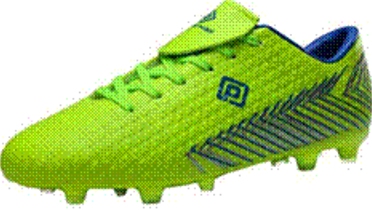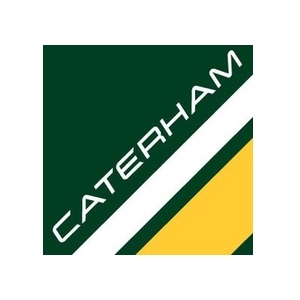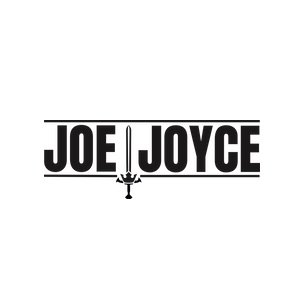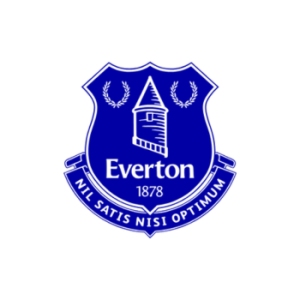Search-a-brandPowered by BRANDSMITHS
Search-a-brand assists you in researching, choosing and building a brand for your company, service or product. Try it out and search with the intended name!

BACK OF THE NET! UMBRO WINS IN COURT OF APPEAL
Author: John Battersby
The sportswear brand succeeded in its trade mark claim against footwear brand Dream Pairs.
The Court of Appeal’s judgment is particularly interesting for its contribution to the post-sale context in trade mark litigation. Brandsmiths represented Iconix.
Background of the case
Iconix, the owner of the Umbro brand, brought a claim against Dream Pairs which sells footwear, in particular football boots and trainers. Iconix alleged that the Umbro mark (left), was infringed by the use
of Dream Pairs sign (right).
Umbro sign V Dream Pairs sign
High Court
The claim was heard first in the High Court. In the judgment Mr Justice Miles’ found in favour of Dream Pairs, dismissing Iconix’s claims under sections 10(2) and 10(3) of the Trade Marks Act 1994.
The Judge was satisfied from the evidence that the Umbro mark is very well known. That it enjoys a substantial reputation for football boots and has a highly distinctive character, arising from its extensive use and promotion, including in high-profile football and other sporting events.
It was common ground that the Dream Pairs footwear was highly similar the goods for which the Umbro mark is registered, namely sports clothing.
However, he held that there was at most a very low degree of similarity between the Umbro mark and the Dream Pairs sign; describing the similarity as “very faint indeed”. He also held that the P-like form in the middle of the logo was the dominant and distinctive element of the Dream Pairs sign.
Carrying forward his conclusions on very low similarity, his overall assessment was that there would be no likelihood of confusion, directly or indirectly. Furthermore, that consumers in the post-sale environment (in the street, on the football pitch, in the changing rooms) would perceive the Dream Pairs sign in the same that they would in the pre-sale environment: “as a tilted, round-cornered, broken, square with P-form in the middle”.
Iconix appealed.
Court of Appeal
Giving the leading Judgment Lord Justice Arnold granted the appeal. Held: (i) it was rationally unsupportable to conclude that the similarity between the Umbro mark and the Dream Pairs sign was only “very faint indeed”; (ii) it was wrong to say that the P-like form in the middle of the Dream Pairs sign was “the dominant and distinctive element of the logo”; and (iii) the Judge failed correctly to assess the likelihood of post-sale confusion.
Similarity
Arnold LJ was doubtful whether the Judge’s conclusion on similarity was rationally supportable when considering the Dream Pairs sign affixed to footwear and viewed square on. However, he was quick to conclude that it was rationally insupportable when considering the mark and sign as affixed to footwear when viewed from other angles: “when that comparison is made there is plainly a higher degree of similarity”.
Furthermore, that it was an error to hold that the P-like form was the dominant and distinctive element. The Dream Pairs sign is not a composite sign consisting of a number of distinctive elements: itis a single sign which the court was required to consider as a whole and without excision or distortion.
This was a material error because it led to an undue focus upon what was different in the Dream Pairs sign when compared to the Umbro mark.
Post-sale context
This was Iconix’s principal ground of appeal. It succeeded and the judgment provides a concise and enlightening discourse on the post-sale context, confirming its position when considering trade mark issues.
First, the Judge had fallen into the common trap in trade mark cases of allowing his eye to be conditioned by the side-by-side comparison of the Umbro mark and the Dream Pairs sign, in particular side-by-side comparison as graphic images (as they are show at the top of this article). Arnold LJ had already noted earlier in the judgment that “when affixed to footwear, the [Dream Pairs sign] is less crisp in its appearance”.
Second, that the Judge failed to take account of the key aspects of the post-sale context, namely that the viewer would see the Dream Pairs sign as affixed to footwear looking down from head height at the feet of another person wearing the footwear. Thus the average consumer in the post-sale context would frequently see the Dream Pairs sign at an angle and not square-on.
Accepting Iconix’s submissions on these points, Arnold LJ held that the Judge had fallen into error. His analysis of the post-sale context in this case was of particular interest.
“The average consumer encountering the [Dream Pairs sign] for the first time affixed to, say, a pair of football boots worn by someone else would not know what the [Dream Pairs sign] looked like when represented graphically
They might well only see it looking down…[or] only from the front or rear. In all of these circumstances the [Dream Pairs sign] would appear more like a double diamond, and therefore more similar to [the Umbro mark] than in the graphic image.
There is nothing artificial or unrealistic about this comparison. On the contrary, it is a realistic and representative scenario for assessing the post-sale impact of the use of the [Dream Pairs sign] upon the perception of the average consumer.”
Points for consideration
Arnold LJ’s judgment builds upon previous post-sale authority and confirms that the doctrine is well-established when considering trade mark issues. Thus, a likelihood of confusion may arise as a result of post-sale confusion even if there is no likelihood of confusion at the point of sale.
The decision also confirms that practitioners should exercise caution when relying on registry decisions to support arguments of dissimilarity in infringement actions. As these decisions lack a consideration of how the sign will be perceived by consumers in the post-sale context.
Similarly, when a brand seeks to adopt a new trade mark and conducts clearance searches to assess the risks of infringement, they ought to consider not just how the marks will look on a side-by side paper-based comparison but also in realistic ways that the mark might been seen in the post-sale environment, including from different angles of perspectives etc.
About Brandsmiths
Brandsmiths is the go-to firm for the world’s leading brands. With a highly skilled team of IP lawyers, the firm specialises in all matters related to trade marks, copyright, patents, rights & designs, confidential information, and database rights.
Should you have any queries about the matters raised in this article or other trade mark issues, please contact the author John Battersby, Partner at Brandsmiths: john@brandsmiths.co.uk or info@brandsmiths.co.uk to arrange a free consultation.
Brandsmiths is a trading name of Brandsmiths S.L. Limited which is authorised by the Solicitors Regulatory Authority, SRA No: 620298. Founding Partner: Adam Morallee
Privacy and Cookie Policy | Terms and Conditions | Complaint Procedure | Site by: Elate Global




















































